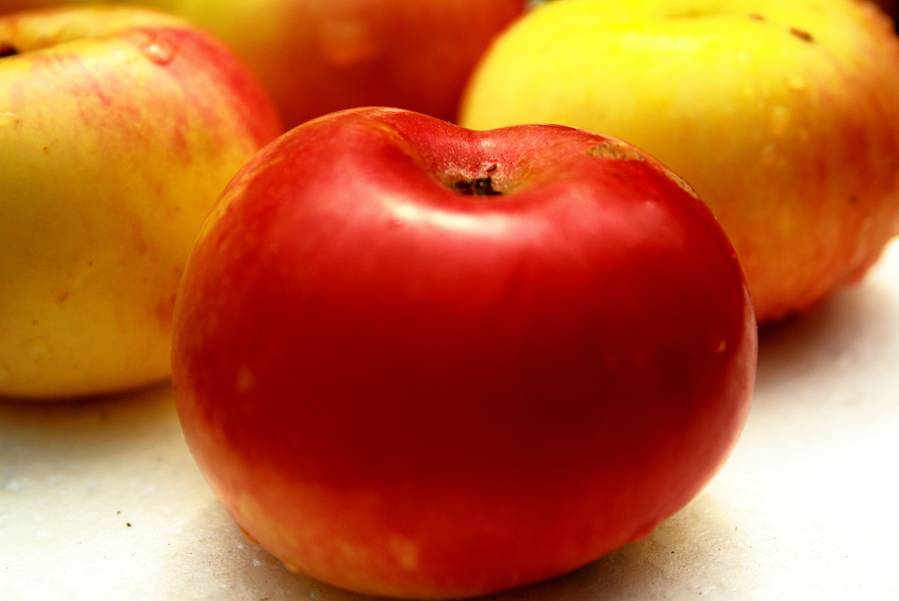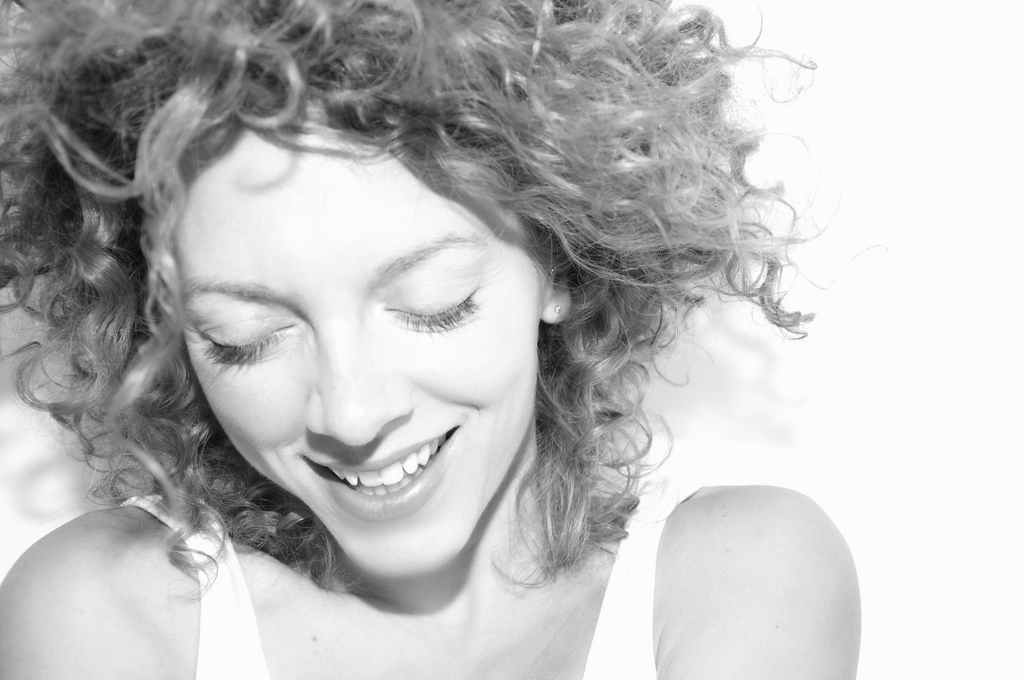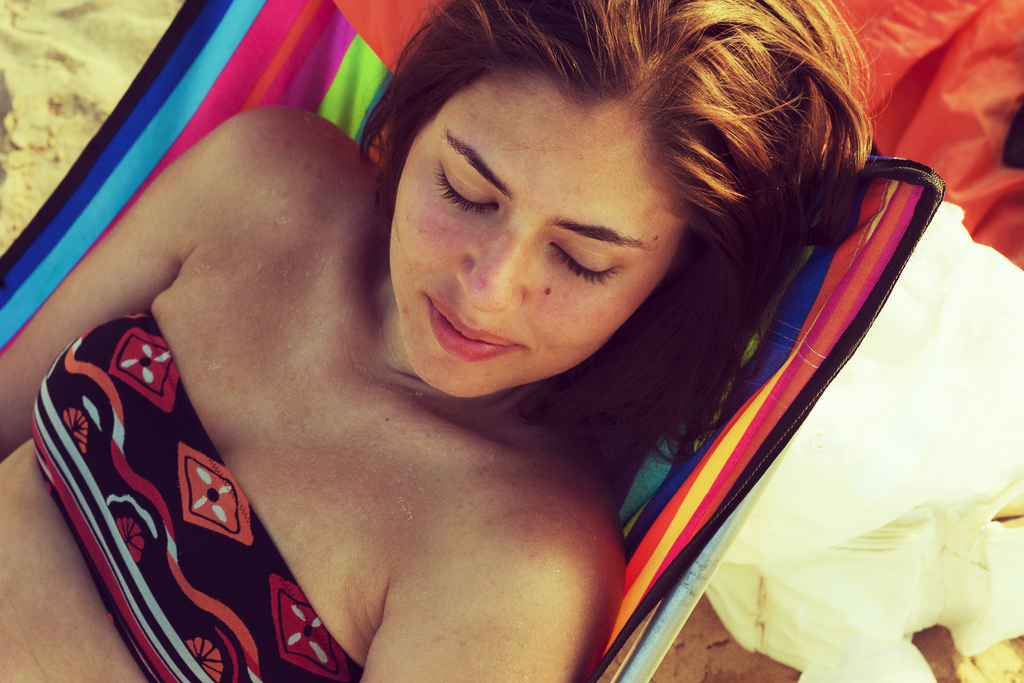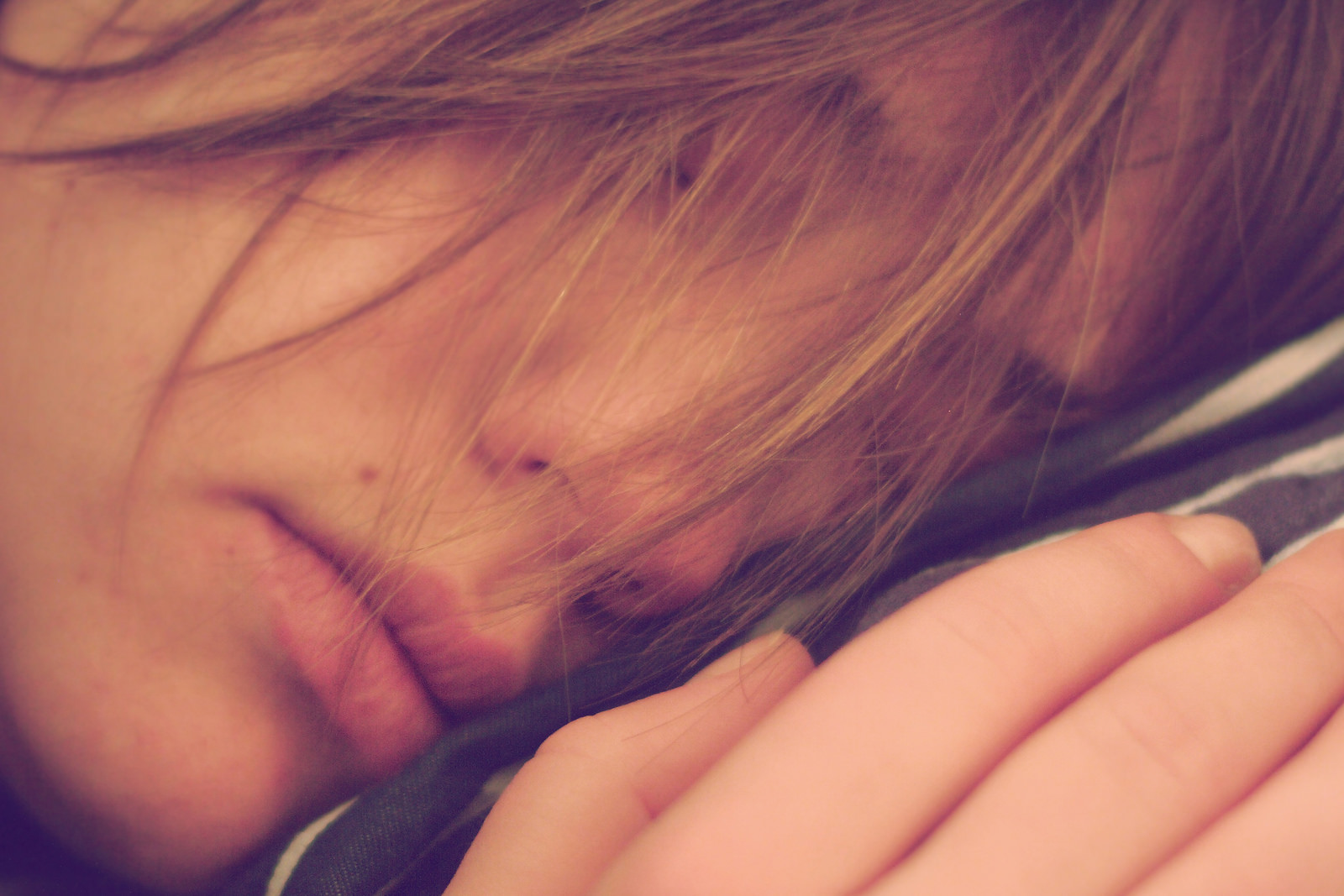
Image: vivek raj
Fruits are good sources of fiber and essential nutrients. In fact, the U.S. Department of Agriculture recommends eating 1.5 cups of fruits for women and 2 cups for men on a daily basis.
Different fruits benefit the body in various ways. If you’re keen about keeping your skin healthy and radiant, then you should start including apples in your diet.
Nutrients That Benefit Your Skin
Whether you’re eating the fruit as it is or adding them to your favorite cup of yogurt, drink, or even including them in your meals, apples can provide you with a wide array of nutrients that benefit the skin. Some of these include the following:
Vitamin A
If you’d like to have or maintain your healthy skin, then you have to make sure that you’re having sufficient vitamin A in your diet.
Vitamin A comes in various forms. Some of the most popular ones include retinol and tretinoin. It stimulates the dermis, the area of the skin where the collagen and elastin can be found.
Aside from boosting the production of collagen, vitamin A also plays a role in skin exfoliation, cellular repair, skin hydration, and wound healing.
Apples may not be the best sources of vitamin A but a large apple contains about 120 international units of this skin-friendly and skin aging-fighting vitamin. That makes up about 5 percent of the daily vitamin A requirement.
Vitamin C
Vitamin C is one of the essential nutrients needed by the body for healthy and normal functioning. It provides the body with antioxidants and helps in repairing body tissues.
This vitamin is also needed by the body for iron absorption. Iron makes you feel more energized and hence, make you look more vibrant. When you’re having insufficient iron stores in the body, you would start to feel weak and look more stressed.
Aside from iron absorption, vitamin C also plays an important role in collagen production. Collagen is the most abundant protein in the body and can be found in the bones, muscles, tendons, and skin. It’s a vital structural component of the body and aids in maintaining the skin’s waterproof barrier. When there’s poor collagen production, old wounds can open up and it may lead to skin tearing.
The role of vitamin C in collagen production makes it an essential nutrient for aging men and women. In one study published in the American Journal of Clinical Nutrition, it shows that one’s diet has a role to play in maintaining healthy skin. Researchers found out that there is an association between higher intake of vitamin C and having better skin-aging appearance.
An apple, weighing about 138 grams, can provide 6.3 milligrams of vitamin C. That’s approximately 10 percent of the daily recommended allowance for vitamin C.
Copper
Copper has a vital role to play in maintaining healthy skin. It helps in the production of collagen and elastin which are essential for maintaining the skin’s elasticity and strength. This mineral also provides antibacterial and anti-fungal properties which help in preventing skin infections.
Copper also has a part in the process of melanin production. Melanin is the substance that gives the skin its natural color. This substance protects the skin from the harmful effects of the ultraviolet rays from the sun. These UV rays contribute to several skin issues including skin cancer and premature skin aging.
A large apple contains about 60 micrograms of copper or about 7 percent of your daily copper requirements.
Incorporating Apple In Your Diet
Unlike other healthy food options that require some preparation and creativity, apples are pretty much simpler. You can grab them as you go for a quick but healthy snack. When you’re feeling more creative, you can use it to top your yogurt, incorporate it in your drinks, or add them to your savory main dishes. These fruits taste good and can easily be blended with other ingredients.
Apples may not always keep the doctor at bay but will definitely help you achieve that youthful and healthy-looking skin.
Grab an apple today and your skin will thank you for it.




